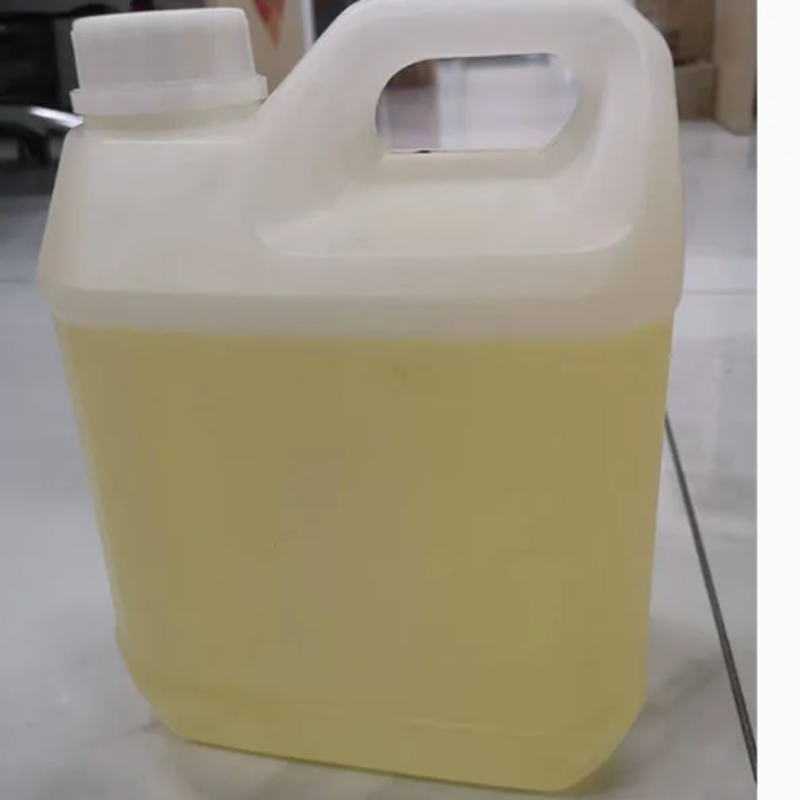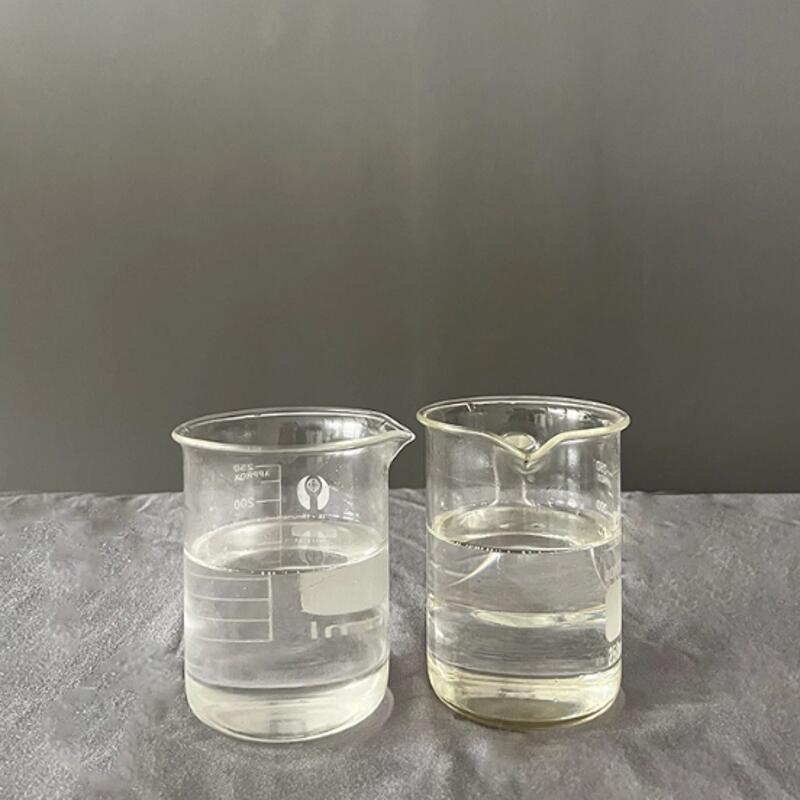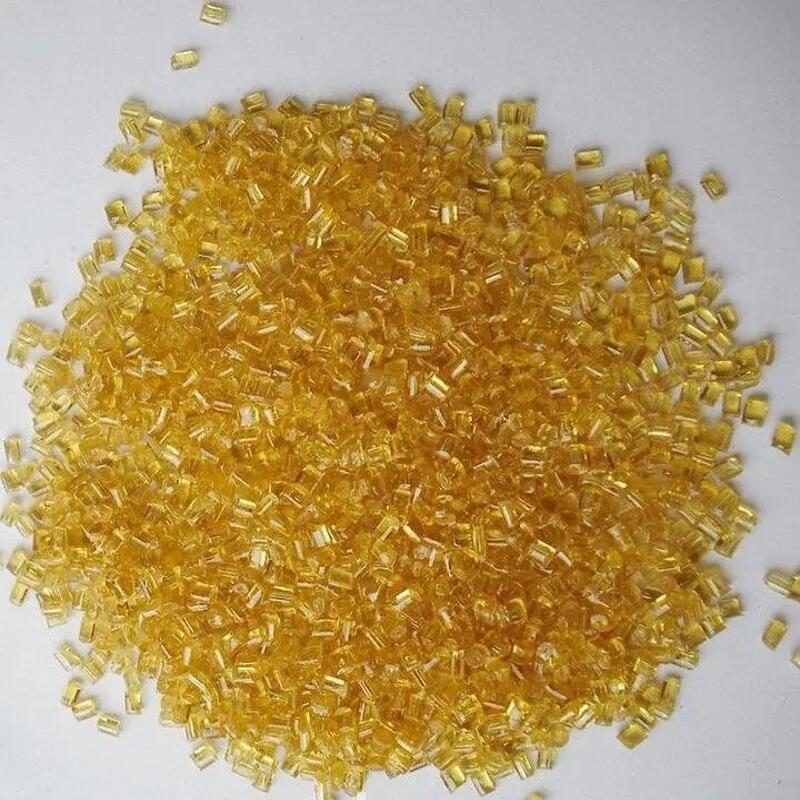-
Categories
-
Pharmaceutical Intermediates
-
Active Pharmaceutical Ingredients
-
Food Additives
- Industrial Coatings
- Agrochemicals
- Dyes and Pigments
- Surfactant
- Flavors and Fragrances
- Chemical Reagents
- Catalyst and Auxiliary
- Natural Products
- Inorganic Chemistry
-
Organic Chemistry
-
Biochemical Engineering
- Analytical Chemistry
-
Cosmetic Ingredient
- Water Treatment Chemical
-
Pharmaceutical Intermediates
Promotion
ECHEMI Mall
Wholesale
Weekly Price
Exhibition
News
-
Trade Service
According to the China Intellectual Property News, polypropylene is referred to as PP, which is a thermoplastic and lightweight general-purpose plastic with excellent performance.
application
.
It is believed that the polypropylene produced and sold by Xuzhou Haitian Petrochemical Co.
, Ltd.
(hereinafter referred to as Haitian Company) is suspected of falling into its own invention patent (hereinafter referred to as the patent in question) entitled "Additive Composition and Thermoplastic Polymer Composition Containing It".
In the scope of protection of the claims, Milliken, a world-renowned chemical manufacturer and supplier, sued Haitian to the court and claimed economic losses of 8.
5 million yuan
.
Recently, the Guangzhou Intellectual Property Court made a first-instance judgment on the case after hearing the case, finding that the accused infringing product did not possess the technical features of the patent involved, and that the accused infringing technical solution did not fall within the scope of protection of the claims of the patent involved, and rejected Milliken.
company's claims
.
Since both parties involved have high reputation and social influence in the industry, the case has attracted widespread attention in the industry since the prosecution stage
.
The trial of this case is conducive to balancing the boundaries between the patentee and the field of existing technology, and helps to create a market environment for fair competition
.
PP products caught in controversy
PP products caught in controversyAccording to public information, Milliken & Company, founded in 1865, is an international leader among global private chemical production suppliers
.
To this end, Milliken Company submitted an invention patent application to the State Intellectual Property Office for the patent involved in 2011, and was authorized on September 9, 2015 (patent number: ZL201180068470.
6)
.
Haitian Company was registered in Xuzhou, Jiangsu Province in 2000.
Its main business is the production and sales of polypropylene, plastic products, lubricants and other products
.
In May 2019, Milliken Company purchased the accused infringing product from Dongguan Aimili Plastic Technology Co.
, Ltd.
(hereinafter referred to as Aimili Company), and compared the product with the patent involved
.
Milliken believes that the alleged infringing product was produced by Haitian using the method of the involved patent, and the product falls within the scope of the claims of the involved patent, and the relevant acts of Haitian are suspected of constituting patent infringement
.
Milliken said that it had sent a lawyer's letter to Haitian, but the other party ignored it and continued to supply Aimi
.
Therefore, Haitian Company and Aimili Company are suspected of joint infringement
.
Accordingly, Milliken Company sued Haitian Company and Emily Company to the court, requesting the court to order the other party to stop the infringement, Haitian Company to compensate for economic losses totaling 8.
5 million yuan, while Emily Company needs to stop selling and promise to sell the accused product.
.
He argued in court to deny infringement
He argued in court to deny infringementAs for Milliken's lawsuit, Haitian and Emily denied infringement and made fierce defenses
.
Haitian Company argued that, first of all, Milliken Company had no evidence to prove that the accused infringing technical solution fell within the protection scope of the patent right in question
.
The accused product does not belong to the new product specified in Paragraph 1 of Article 61 of the Patent Law; there is no evidence to prove that the accused product contains the additive composition of the involved patent; the additive used in the accused product is Yantai Zhichu Chemical New Material Co.
, Ltd.
The nucleating agent (Improved ZC-3) produced by ZC-3 Co.
, Ltd.
(hereinafter referred to as Chichu Company), there is no evidence to prove that the nucleating agent infringes the patent right in the case
.
Secondly, the alleged infringing product uses existing technology, which does not constitute infringement
.
The patent involved has no novelty and creativity and should be declared invalid; Haitian's addition of nucleating agent in the polypropylene production process belongs to the prior art; the amount of pigment used in the patent involved cannot be specifically quantified, and it is not certain and comparable
.
Thirdly, even if the accused infringing product falls within the scope of protection of the patent rights involved, Haitian Company shall not be liable for compensation, because Haitian Company purchased it from Jichu Company through legal and normal channels, and Jichu Company promised to have independent intellectual property rights, and Haitian Company will not.
Knowing may constitute infringement
.
Aimili Company argued that the accused infringing products legally originated from Haitian Company and should not be liable for infringement
.
Guangzhou Intellectual Property Court made a first-instance judgment after hearing the case, holding that the infringing product did not possess the technical characteristics of the “colorant dosage” of the involved patent.
According to the principle of comprehensive coverage, the accused infringing technical solution did not fall within the protection scope of the involved patent.
This dismisses Milliken's petition
.
After the first-instance judgment, Milliken Company refused to accept it and appealed to the Supreme People's Court.
The main point of appeal is that the evidence in the case not only proves that the accused infringing product falls within the scope of protection of the patent claims involved, but also further proves that the accused product is substantially It was implemented in accordance with the specific scheme of the patent embodiment involved, which is sufficient to prove the establishment of Haitian's infringement
.
In addition, the patent involved belongs to the preparation method of a new product.
In this case, the appellant has completed the burden of proof
.
Identify the focal point of the case
Identify the focal point of the caseDuring the interview, the reporter learned that Milliken Company specified in the lawsuit that the scope of patent protection is claims 1 to 9, 19 to 33, and 43 to 48, mainly involving two types, namely the product claims for additive compositions, and Claims for a method of adding an additive composition to a thermoplastic polymer to prepare a thermoplastic polymer composition
.
So, what is the basis for the court to make the above judgment?
In this regard, in an interview with a reporter from China Intellectual Property News, the chief judge of the case said that the core of the protection claimed by the patent involved lies in the additive composition.
The additive composition described in the involved patent is mainly composed of a clarifying agent and a coloring agent.
The use of clarifying agents is less controversial, with the main disagreement being the colorants
.
Therefore, how to understand the limitation and determine its protection scope is the key to the trial of this case
.
According to Guan Jian, from the evidence about the prior art submitted by Haitian Company, the addition of clarifying agent and a small amount of colorant to polypropylene material to improve its transparency and appearance has been disclosed before the patent application date
.
In addition, under the circumstance that Milliken Company has no evidence to prove that Haitian Company determines the amount of colorant by detecting that the final product satisfies the inequality defined by the patent in question, even if Haitian Company uses the same dosage and type as in the example of the patent in question, it clarifies that It cannot be presumed that the alleged infringing technical solution falls within the protection scope of the involved patent right
.
This is because, in addition to clarifying agents and colorants, other factors such as polypropylene raw materials, other auxiliaries, reaction conditions, etc.
cannot be ignored as the factors that affect the transparency and appearance of the final product
.
"Therefore, the collegial panel ruled in the first instance that the alleged infringing product did not constitute patent infringement
.
"







